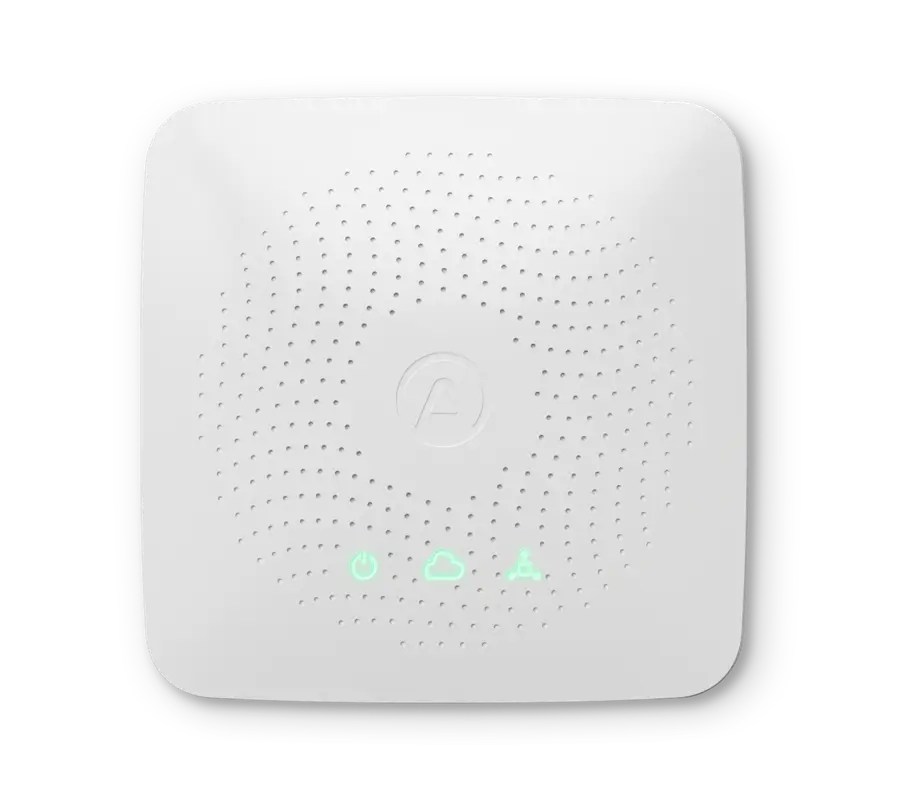New York City recently grappled with an air quality crisis as a result of the unprecedented scale and intensity of wildfires that have this year ravaged much of North America. The smoke emanating from these infernos, propelled by prevailing wind currents, cast a thick haze over the east coast of the U.S. for days. The pollution became so bad in New York especially that it completely obscured the towering high-rises that define its landscape. The severity of the situation garnered national and international attention, with headlines referring to New York City as "the world's most polluted city".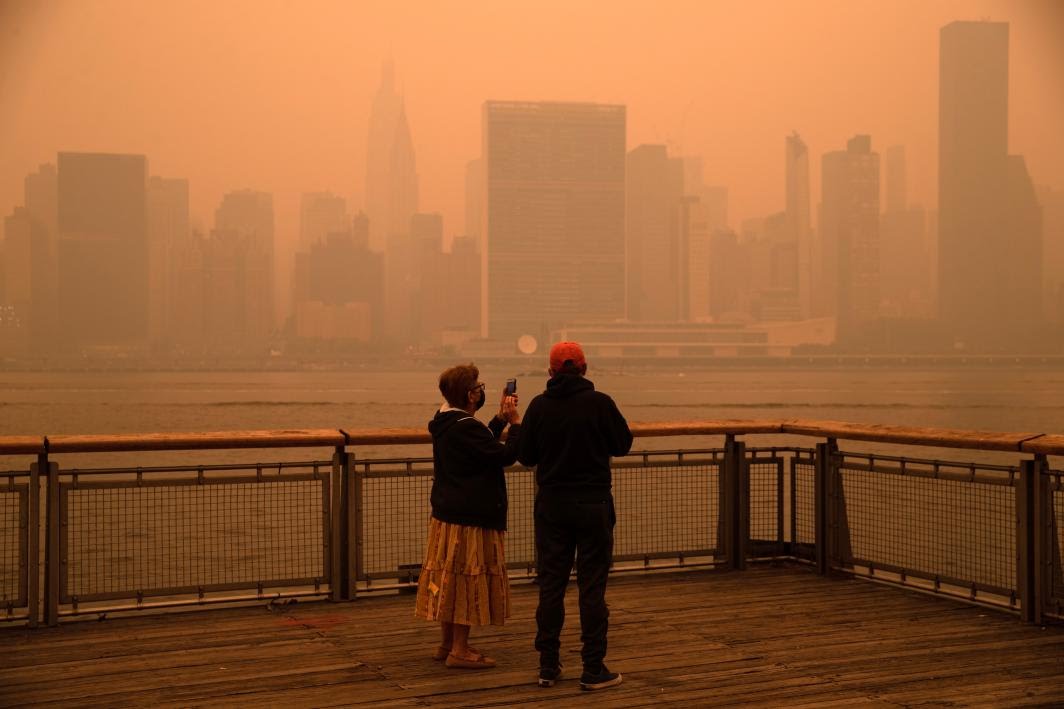
New York City, June 7th, 2023. Photo - Twitter @MJ_007Club
Advised to avoid unnecessary outdoor journeys by local authorities, little did New Yorkers know that they weren’t even safe from the pollution when they were indoors. In homes, schools, and offices across the city, an indoor air quality crisis was brewing. Armed with the knowledge that indoor air can be up to five times more polluted than outdoor air, we sought to investigate if this catastrophic outdoor air quality crisis could be even worse indoors.
Wildfire smoke, Orange skies, and the air quality index (AQI)
On June 7th, an eerie orange hue enveloped the city's skies with reports filtering in that New York’s air quality score or “air quality index” was the worst in the world. The air quality index (AQI), is a crucial metric that gauges the safety of outdoor air, used by the EPA, national weather service, and many other organizations. Specifically, the AQI measures the concentration of particulate matter (PM) in the ambient air, more commonly PM is referred to as air pollution and can be thought of as ultrafine particles. As for the high score in New York City, the peak reading was over 160—more than 22 times the limit considered safe for breathing, as designated by the World Health Organization (WHO). High levels of air pollution are an issue for people as they are strongly linked to a decrease in life expectancy and heightened levels of lung-related, and brain-related diseases and conditions.
By June 8th, the following day the orange sky had mostly dissipated and the outdoor air quality marginally improved, but the AQI still remained above 100. Notably, this number was still higher than in notoriously polluted cities like Delhi or Beijing. But the city wasn’t out of the smoky woods yet, while one crisis was waning, a new issue was emerging within the confines of New Yorkers' homes, offices, and schools without most of their knowledge.
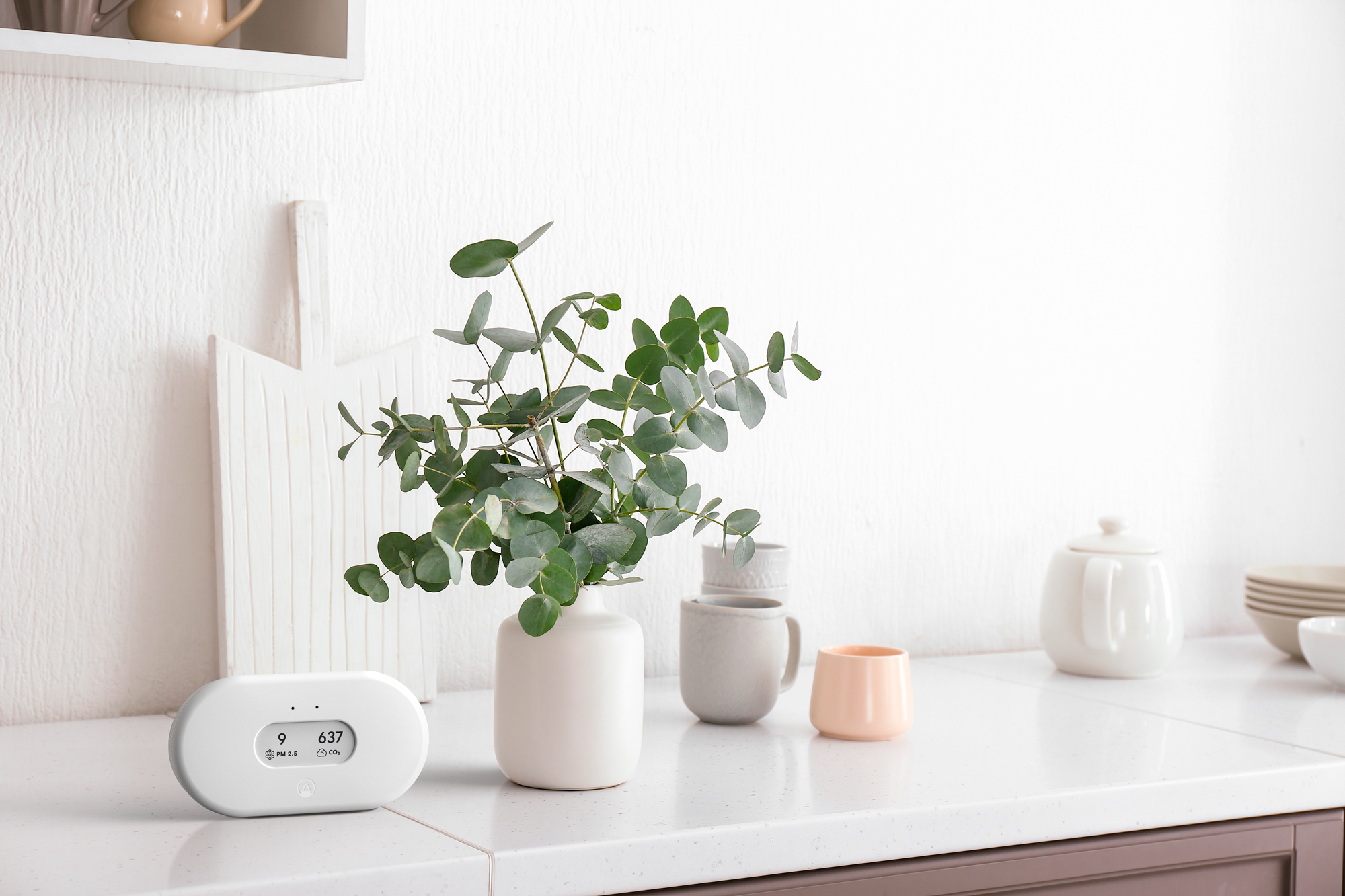
Airthings analyzes indoor air quality data from New York City
We took anonymous and aggregated data from hundreds of Airthings air quality monitors throughout the city, specifically looking at the particulate matter (PM2.5) data captured by the PM2.5 sensors or ‘particle detectors’ in our View Plus and View Pollution monitors. Unsurprisingly, the indoor air pollutants that previously blanketed the skyline had surreptitiously infiltrated residents' living and working spaces.
As the New York skyline became mostly visible again by June 9th, the indoor air quality situation in New York City reached a critical stage. The graph below shows the sharp increase in PM2.5 readings in New York City and features Washington D.C.'s indoor air pollution levels for scale. .png)
The average PM2.5 sensor reading of air quality monitors exceeded 80 ug/m3—15 times over the safe limit. Certain locations even reported levels surpassing the 100 ug/m3 threshold. To put this into perspective, that level of pollution is so toxic, it’s akin to smoking more than three cigarettes per day according to some studies.
The worst indoor pollution levels we can see in the world
While we don’t have indoor air quality monitors in every location in the world, of the hundreds of thousands of sensors we have in homes and businesses worldwide, New York City displayed the highest indoor pollution levels, with Boston, Philadelphia, Washington D.C., and the rest of the east coast, following close behind.
How can you improve your indoor air?
Unlike outdoor air quality, there are many things an individual can do if they’re aware they have an issue and are armed with the data to track their progress.
Much of the issue with outdoor and indoor air quality is knowing exactly when to ventilate.
— Oyvind Birkenes, CEO of Airthings.
He added, "When you know your indoor air quality is bad and your outdoor air quality is better, it’s the right moment to try to freshen up your home with an open window or door and vice versa.” Air purifiers can also be a useful weapon in the fight against indoor air pollution when working with an air quality monitor to track your progress. Airthings co-founder Erlend Bolle likens the value proposition of the products to a smartwatch “They can’t make you exercise, and monitors can’t fix your air alone, but they can send warnings to inform you of exactly what you should do and track your progress so you don’t have to guess the right move or what to do next”.
The invisible dangers hiding in your air
So, while some air quality crises are as visible as an orange sky, often we can’t see what’s in the air we breathe. Invisible indoor air pollutants may well be contaminating your home, school, or office and affecting your health and wellbeing without your knowledge. That’s why Airthings strives to make the invisible visible with our comprehensive range of indoor air quality monitors. 











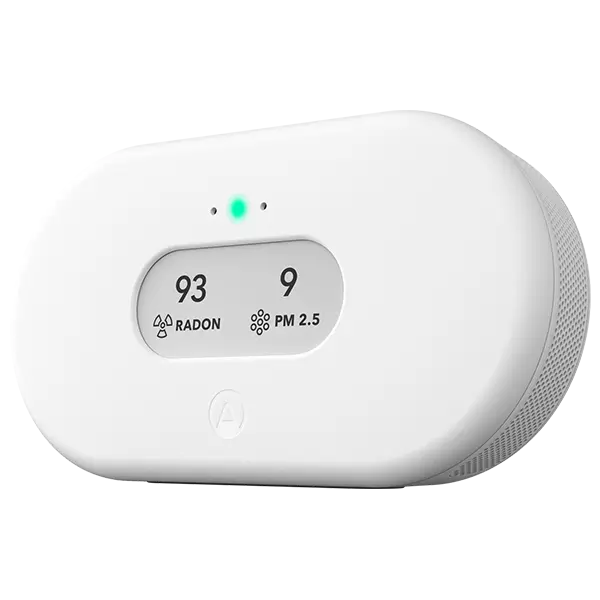
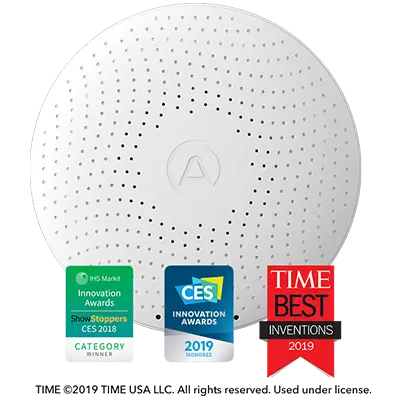
%20(1).webp)

%20(1).webp)
